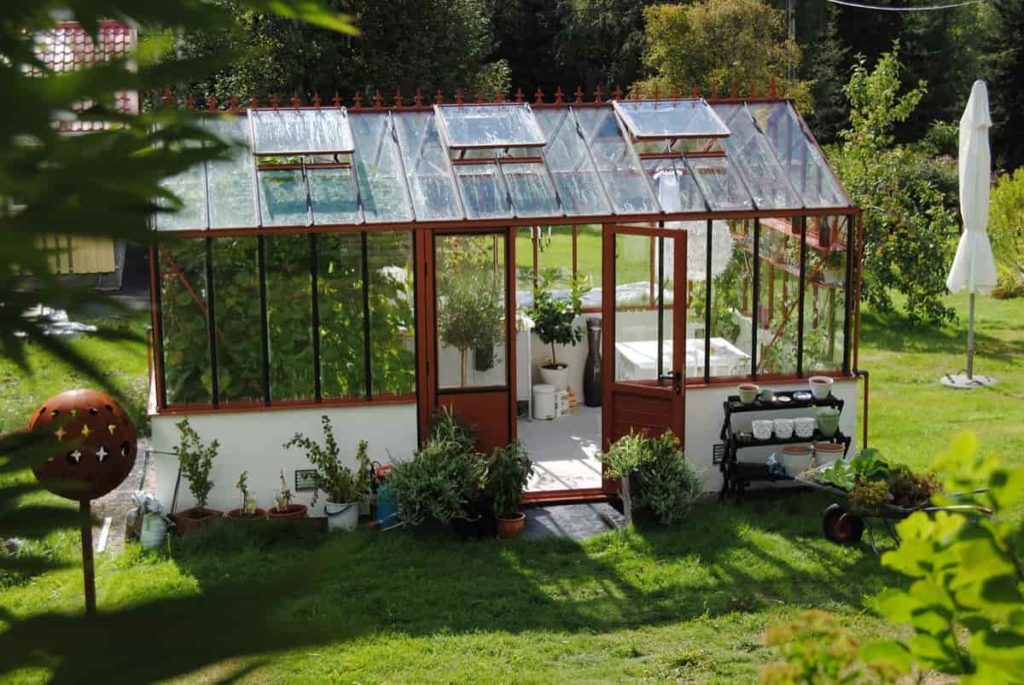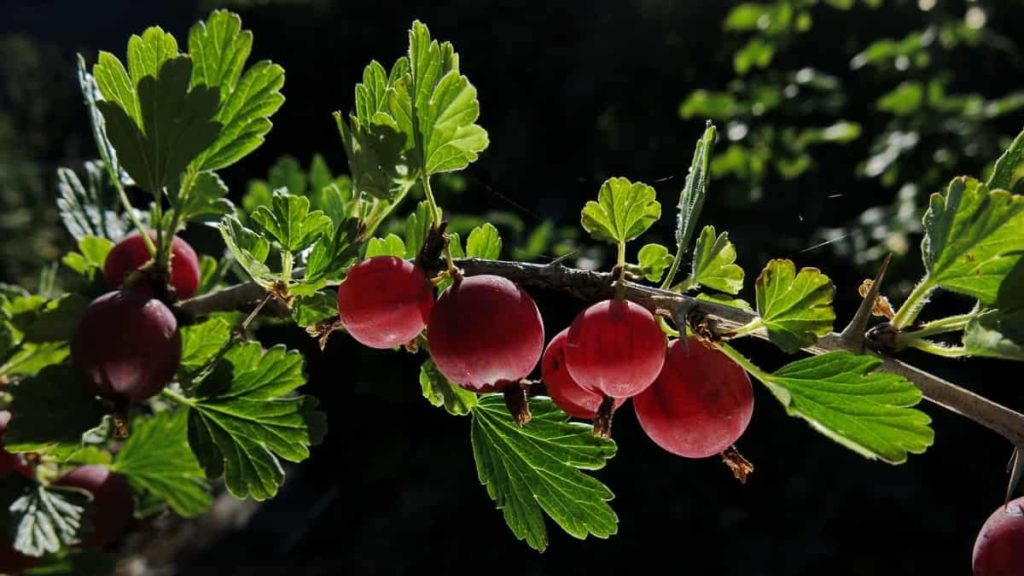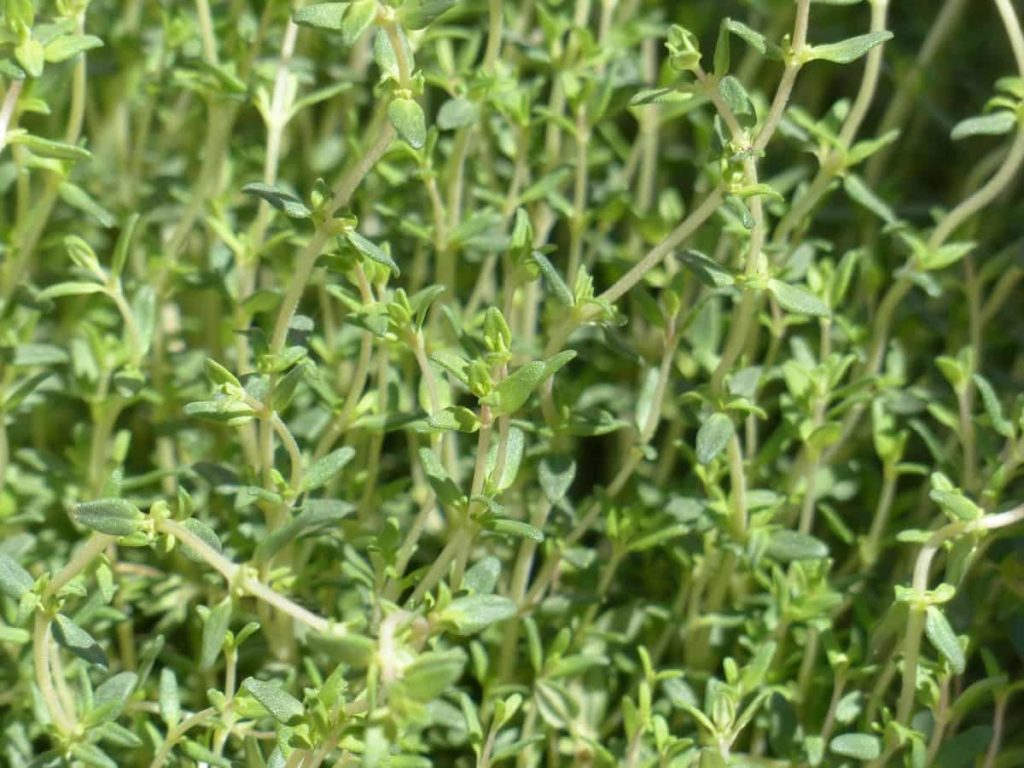introduction to gardening tips for February: One of the most avoidable things about February is that it is only 28 days long. February is a very important month for gardeners to make spring plans. February may be the best time to sow seeds in greenhouses or pots inside. some plants with spring flowers, summer production, and herbs can be grown indoors before transplanting out after the last frost. February is a cold hard annual in hot areas and a good time to install summer bulbs.
February is a busy month for kitchen gardeners. Indoor and outdoor sowing and plantation work are going on in many areas. Some gardeners already keep seeds in the ground. In the coldest areas where the earth receives snow, February is still time to make plans and prepare for spring. February is the closing month of winter. A lot of fruits, vegetables, and flowers grow during this month. February Gardening is also called spring gardening. The atmosphere outside is cool, but some plants can be grown outside and some in greenhouse environments or indoors.
Gardening tips for February

Flower gardening in February
- Lilly Bulbs can be planted in pots, this summer for flowers. After growing up indoors or in a cool greenhouse, they can be moved to the garden when in a flower, so you can enjoy the flowers.
- Dahlia tubers are placed in a light hot place to sprout before planting. They will need extra fog with a spray bottle of water, to prevent them from drying. Bulbs coming into the rock garden or in containers can benefit from overhead protection from rain and snow. A sheet of glass placed on brick stacks will work.
- Place the Gladioli corms in seed trays or containers and place them in a light, warm place around 10ºC to encourage them to sprout before planting. It will ensure the display first.
- Sweet peas can be sown under the cloches, in a cool frame, or in the cool room of the house. Any sweet peas that were sown earlier in autumn can now be grown into pots.
- Root cutting can be taken from Papaver, Verbascum, Acanthus, and Phlox.
- Check the tender plants outside in winter to ensure that protective cover still exists.
- Continue to deadhead Winter pansies and other winter beds. The pansy will continue until spring and even early summer if attended frequently.
- Cut out the old hellebore leaves that produce flowers from the ground level to expose flowers and remove potential foliar diseases such as hellebore leaf spots.
- Prune back the Fuchsias stem grown in the pot at the end of the month, which are covered and overwintered, and place in a well-lit, warm place to encourage new growth.
- Divide the snowdrops this month. Place the new plantlets in beds, boxes, or outside.
- Use a propagator, hot greenhouse, or windows temperature to sow summer bed plants like Geranium, Petunia, impatiens, and nicotiana.
- Now take the cutting from your overwintered chrysanthemums.
- Prune back the hard summer floral Clematis to allow rapid new growth during spring for new flowers later in the year.
- Soak the Anemone bulbs overnight to hydrate them before planting them on the pots indoors. Alternatively, wait until March or early April to plant your anemones out.
- In winter Pansies look for Downy Mildew and black spots. Eliminate any infected leaves and destroy badly affected plants. To avoid disease construction, do not plant Pansies in one place every year.
- Protect Sweet Pea plants from the Aphides as they can transmit Sweet Pea’s viruses. Check for the sow Sweet Peas of autumn to grow in a cool frame, and keep an eye on the mouse and slug damage.
- Keep Lilly, Delphinium, and Hosta shoot from slugs and snails before they bloom.
In case if you miss this: Organic Backyard Vegetable Gardening

Greenhouse gardening in February
- Sow sweet peas in deep pots and keep them frost-free on greenhouses or sunny windows.
- Sow summer beds and tender annuals, including the cosmos, Lobelia, Dahlia, Nasturtiums, and Snapdragon.
- Sow soft crops like Tomatoes and Chili in a hot propagator or on hot sunny windows.
- Plant the Dahlia tubers to the tray to encourage the shoot to be prepared, which you can then use as a cutting.
- Monitor greenhouse temperature with a maximum and minimum thermometer to ensure heaters are working efficiently.
- Start planting summer bulbs to the pots indoors, including Liatris, Begonia, Gloxinia, Lilly, Eucomis, and Agapanthus.
- Cut the flower heads of the Hippeastrum once they fade, but leave the stalk to die naturally.
- Hand-pollinate Peach and Nectarine flowers in the greenhouse using a soft paintbrush.
- Prune back the fuchsias during winter and increase the frequency of water to move them towards development.
- Remove any dull or yellow leaves from winter plants to prevent fungal diseases.
- Wash greenhouse glazing in and out to enter as much light as possible.
- Maintain at least 5°C to prevent the killing of Fuchsia, Pelargonium, and other tender plants being killed by the cold. Tropical plants will require a high temperature.
- Check that glasshouse heaters are working properly, by investing in as little thermometer as possible to enable accurate monitoring of your greenhouse temperature.
- Check that your glasshouse insulation is still safe for the remainder of the cold weather.
- Clean leaves and twigs from guttering on greenhouses and sheds.
- On sunny days, fuel the glasshouse or conservatory, to reduce the risk of fungal infections.
In case if you miss this: Top 10 Vegetables to Grow in Pots

Vegetable gardening in February
- Weather-enhancing equipment such as cool frames, hotbeds, cloches, and floating row covers will allow an early start to the growing season.
- Run the germination test on the seeds stored over the years to see if they will still sprout.
- If they are wet, do not work on the garden soil. Squeeze a handful of soil. He should form a ball that breaks easily. If it is sticky, let the land dry further before cultivating or spading.
- Now sow Celery seeds inside the house.
- Sow Broccoli, Cauliflower, Brussels sprouts, and Cabbage seeds indoors for transplants in the garden later this spring.
- If soil conditions allow, take the opportunity to sow Peas, Lettuces, Spinach, and Radish. If the weather becomes obliges you will be rewarded with additional early crops.
- First start cutting the early Potatoes, placing them in trays until they show signs of sprouting. Place them in a cool, light, frost-free space ready to plant at the end of the month.
- Sow early carrot varieties such as ‘Amsterdam Strong’ under the outdoors cloches or in a cool frame. You can also sow wide bean ‘The Suttton’ and Parsnip seeds outside this month.
- Mulch perennial vegetables like Asparagus and Artichoke with well-rotted manure or garden manure.
- Build the enlarged beds now before the rising season begins. Raised beds allow you to start early in the garden, the soil warms up quickly and the raised beds also drain faster, so they are a great way to deal with soil.
- Continue to control against slugs.
- Clean up the vegetable plots, remove any remaining plant debris.
In case if you miss this: Top 10 Herbs to Grow in Hydroponics

Fruit gardening in February
- Inspect fruit trees for tent caterpillar egg mass. Eggs appear as dark brown or grey collars that surround small twigs. Cut or scratch with your thumbnail and destroy.
- Collect scion wood now for grafting fruit trees after spring. Cover the scions with plastic and store them in refrigerators.
- Grapes and bramble fruits can now be sorted.
- Prune Gooseberry side shoots back at two or three buds.
- Now prune the outer grapevines to reduce last year’s fruity shoots and encourage new growth.
- Prune established apples and pear trees before spring growth begins next month. Remove the growth of any dead or disease.
- Check your stored fruit and remove any fruit that shows signs of rot or deterioration.
- Start harvesting fruit trees. Start with apples and pears first. Peaches and Nectarines should be pruned shortly before blooming.
- When cutting diseased branches, sterilize tools with a portion of bleach, a nine-part water solution between cuts. Dry your tools at the end of the day and rub them lightly with oil to prevent rusting.
- Once the dry leaves the ground, the standing fruit trees can be composted. Use about one-half pound of 12-12-12 per tree, every year of age, up to a maximum of 10 pounds of fertilizer per tree. Broadcast fertilizer on the route zone that stays at least one foot from the tree’s corner.
- Prune the Raspberry canes. This is your last chance to prune autumn fruiting canes on the ground to excite new canes for fruit in autumn. Cut summer-flourishing Raspberry canes that have moved on from the top of their support, cut just above a bud.
- Prune Blackcurrant bushes, Gooseberry, and redcurrant to maintain a productive framework.
- Well-rotten manure or a mulch fruit tree with garden manure, taking care not to mix around the trunk.
In case if you miss this: Top 25 Vegetables To Grow In Aquaponics

Houseplants care in February
- Continue to regularly twist and prune house plants. Nip back new growth to help bushy plants.
- Many home plants may start showing signs of stress this month due to mild deprivation, high water, moisture deficiency, and overheated internal air. Stressed plants are more likely to develop pest and disease problems, so look at your plants for early signs of anxiety.
- Do not compost your houseplants this month. They don’t need fertilizer in winter due to the slow growth rate.
- It is the best time for air-layers houseplants like Dracaena, Dieffenbachia, and rubber plants, particularly if they’ve grown too long and leggy.
- Protect flowers on Apricots, Nectarines, and Peaches from frost, but make sure pollinated insects can still reach flowers.
- Do not leave homely plants on the windows behind curtains on cold nights, especially if your windows are not double-glazed.
- Household water plants are low until they are in active development with increasing spring.
- The Plumbago, Passionflower, and Jasmine can be thinned out so that they have a clean framework of branches. Last year’s development can also be reduced from the central framework to two or three buds to keep the size under control.
- The pruning of bougainvillea is sometimes left until early in the year after flowering, as there is a risk of frost damage when pruning in autumn, soon after flowering.
Trees and bushes care in February
- Continue planting hedging plants, shrubs, trees, and climbers. Stakes and rabbit protectors should be installed at the time of planting trees to prevent damage to root balls or bark.
- Continue planting roses. Avoid planting roses in areas where roses were growing earlier otherwise new introductions may be prone to replanting diseases.
- Move the established deciduous trees and shrubs unless the land is frozen or filled with water.
- Tie up the conifers which have been damaged by the weight of the ice or strong winds.
- Check the tree tie and stakes. Change, tighten or slacken them down where necessary.
- Strengthen the newly planted trees and shrubs back if they are lifted by frost breath or strong winds.
- Remove the weeds from around the bases of young trees.
- Check the safety cover on newly planted or borderline hard trees, shrubs, and climbers, to ensure they remain safe until the risk of frost is eliminated.
- When pruning, focus on removing overcrowded growth, crossing stems, damaged or dying branches. Aim for an open center, through which the which can circulate, as it will reduce the risk of pests and diseases. If your trees are too big to manage a single pruning, you may need a tree surgeon. Otherwise, be careful not to damage the tree while cutting thick branches.
- Many of the summer flowering deciduous shrubs can be cut between February and March, usually, those that swell on the current year’s growth.
- Delay pruning of spring-flowering bushes until soon after flowering, otherwise, this year’s display will be lost.
- Do not prune out a little soft evergreen bush.
- Remove any reverted green shoots on the hardy variegated evergreens, to prevent the reversion from being handled.
- Cut or renovate deciduous hedges if necessary. They can be renovated even before the leaf emerges.
Herbs gardening in February
- Now start some basil seeds so you can enjoy some pesto earlier this year.
- If you don’t do that in January, start the seeds of perennial herbs such as Sage, Oregano, and Thyme.
- Start the seeds of cold-hardy herbs like chives and Parsley this month. They can go out to your garden in March or April as they can withstand cold weather.
In case if you miss this: Top 20 Vegetables to Grow Indoors

General plant maintenance in February
- Create or buy a cool frame to use when tightening young plants in spring.
- Retreat any plants raised from frost or loosened by air rock.
- Make fat ball feeders and hang them between roses to attract blue tits, which will also forage for insects in winter.
- Improve soil by spreading garden manure or well-rotted manure on beds and forking it.
- Trim hybrid tea and floribunda roses, before growth restarts.
- Clean the debris of old plants from the pool margins and remove any leaves falling into the water.
- Clean and service mower and garden electricity tools, so they’re in good order for spring.
- Spread a layer of well-rotten manure around roses and bushes.
- Remove the pond netting installed in autumn to catch falling leaves.
- How to Grow Hibiscus from Flower
- Plantation Ideas for Home Decoration: A Beginners Guide
- Flower Garden Designs and Layouts for Beginners
- Planting and Spacing Techniques in Papaya: A Beginner’s Guide
- Growing Gold: Essential Techniques for Planting Pineapples
- How to Make Kalanchoe Plant Bushy: Home Remedies and Solutions
- 11 Reasons Why Your Gardenia is Not Blooming: Home Remedies and Solutions
- Eco Elegance: The Guide to Designing a Drought-Tolerant Landscape
- Gardening on a Slope: Strategies for Hillside Landscaping
- Nourish and Flourish: Top Organic Mulches for Thriving House Plants
- Everything You Want to Know about Indian Mogra Flower: Discover Uses and Growing
- Green Thumb Success: Expert Tips for Cultivating Greenhouse Pumpkins All Year Round
- Maximize Growth & Flavor: The Ultimate Guide to Companion Planting in Herb Gardens
- How to Control Rhododendron Problems Naturally: Home Remedies and Organic Ways to Fix Them
- Natural Magic: The Remarkable Benefits of Cinnamon for Plants
- Best Steps to Revive Dying Tulip with Natural and Organic Treatment
- 10 Reasons Why Your Angel Trumpet is Not Blooming: Remedies and Treatment
- How to Fix Periwinkle Leaf and Flower-Related Problems: Natural Remedies and Solutions
- How to Fix Zinnias Leaf and Flower Problems: Discover Natural and Home Remedies
- Organic Steps to Induce Lemon Tree Flowers: A Comprehensive Guide
- Bloom Booster: Crafting the Perfect Homemade Bougainvillea Fertilizer
- Optimizing Growth: A Guide to Applying NPK Fertilizer for Potted Plants
- 10 Best Homemade Fertilizers for Rubber Plant: DIY Recipes and Application Method
- How to Boost Female Pumpkin Flowers: Effective Steps for More Flowers and High Yields
- Transform Your Indoor Garden: Top Benefits of Pink Salt for Houseplants
- 10 Best Homemade Fertilizers for Peacock Plants (Calathea): Easy DIY Guide
- Unlock Blooms: 9 Reasons Why Your Potted Chrysanthemum is Not Blooming
- 8 Reasons Why Your Potted Hibiscus is Not Blooming: Fix it with Simple Solutions
- Unlock Blooms: 9 Key Reasons Your Potted Frangipani Won’t Flower
- 10 Reasons Why Is My Ice Plant Not Blooming: Remedies and Treatment
- 10 Reasons Why My Potted Hydrangea Not Blooming: Treatment and Remedies
- 10 Reasons Why is My Wisteria Not Blooming: Remedies and Treatment
- 10 Reasons Why is My Goldfish Plant Not Blooming: Remedies and Treatment
- Maximize Your Space: Ultimate Guide to Balcony Gardening with Grow Bags
- 10 Reasons Why Your Iris is Not Blooming: Remedies and Treatment
- 10 Reasons Why Your Anthurium Plant is Not Blooming: Treatment and Remedies